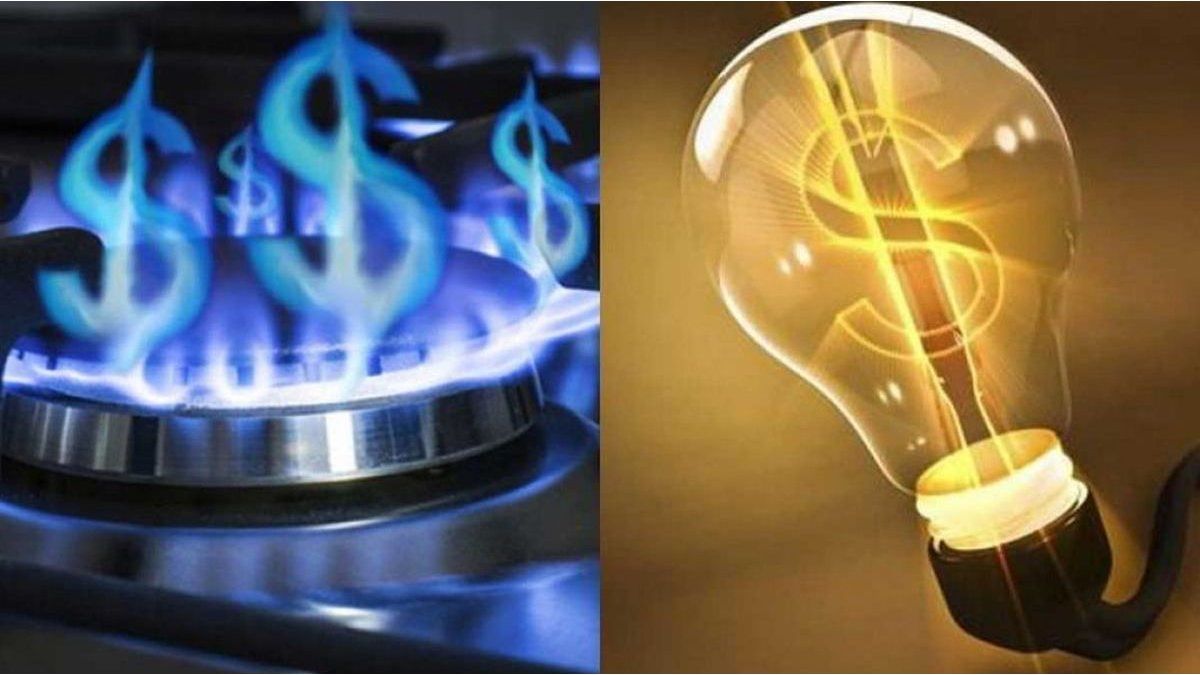He increase in utility rates leads the rise in prices that sets the pace of the Argentine economy and exceeds general inflation measured by the National Institute of Statistics and Censuses (INDEC), which is expected to be below 3% in October and was 3.5% in September. The middle class is the most affected and, along with the lowest income sectors, it receives the highest percentages of increases in the ballots. In this context, they warn that Argentina is close to entering levels of energy povertywhich are calculated based on what percentage of the net salary is allocated to energy expenditure.
“The basket of public services for the middle class multiplied by six, it has an increase of almost 500%. That is why we warn that putting a stop to high rates is necessary and urgent because we are seeing that families, neighborhood clubs and Popular neighborhoods are greatly affected by the excessive increase.
Yes ok The Government focuses its speech on the deceleration of inflationit is expected that the scheduled increases in public service rates will continue and this will put upward pressure on prices, as well as the costs that families must face each month to cover their basic needs.
And this is reflected in an increase in energy poverty in Argentina,” warns Scope he expert energy economist Hernán Herrerawho was in charge of the team that produced a report for the Multisector Forum against Tarifazos, made up of SMEs, users, companies, retirees, tenants, football and neighborhood clubs and cooperatives.
How much did rates rise service by service?
It happens that, in the AMBA, The electricity rate that rose the most is the one that reaches the middle class, with an increase of 758%, facing average salaries that rose less than 154% (between November 2023 and October 2024). The prices of electricity, gas and other fuels accumulated an increase of 357.9%, while general inflation increased 146.9% in the same period (between November 2023 and August 2024).
In the case of the gas rate, also in the AMBA, the middle class suffered an increase of 198.8%, while it increased 225.9% for the sector with the least income. and 113% for the group with the highest purchasing power. The weight of the electricity, water, gas and transportation basket on the income of wage earners in the formal private sector doubled in less than a year.
This is reflected in a report carried out by the Multisector Forum against Tarifazoswhich maintains that “this priceless scheme increasingly degrades purchasing power and increases inequalities” in Argentina.
image.png
Data from the Report of the Forum against Tariffs.
The threat of energy poverty, a reality
“What we did was take the average pocket income of the middle social sectors and we observed that Services spending will represent 12.2% of net formal income in November of this year, when In the same month of 2023 it was 5.1%. It’s a tremendous difference,” Herrera tells this medium.
Thus, the analyst explains thatIf one has to add seven extra points to spending on services, that results in a drop in consumption.. “The first cuts go to the most sumptuous expenses, which are entertainment, the soda, the wine they buy, for example. Those fall immediately,” he points out. The examples are taken based on families of four people, for example, which are greatly affected by consumption and this is observed throughout the country.
In this framework, Herrera points out that Energy poverty is increasingly a threat in Argentina. It details that in November 2023, 2.2% was only allocated to paying for electricity and gas and today it is 7.5%. “We are dangerously close to 10% energy spending, which is the limit that marks energy poverty. It is tremendous that a country with the capacity to generate its own energy and that is on the path to having a surplus in that area is so close to falling in a similar situation,” he warns. Thus, he emphasizes that This evolution must be stopped so that the situation does not continue to worsen.
Herrera details that tariff segmentation in Argentina is divided into three levels of users according to their ability to pay, with the aim of distributing subsidies:
- Level 1 (N1) includes higher-income households that gradually dispense with subsidies until they pay the full cost of the service. This group meets conditions such as income greater than 3.5 basic baskets, having properties, high-end vehicles, and making high consumption of goods and services. It also represents those who did not request to support the subsidies.
- Level 2 (N2) groups the lowest-income households, which receive the greatest amount of subsidies. This segment includes those with incomes of less than 1 basic basket, those who integrate social programs and people with disabilities.
- Level 3 (N3) includes the middle class, which currently receives partial subsidies. This group includes those who signed up to continue supporting subsidies on bills.
In relation, the Level 2 segment is the one that suffered the most increases in the last year, according to the data collected, with an increase of 225.9%.
image.png

The evolution of prices was uneven for the different levels of public service consumers.
Rate increases push inflation
The tariffs push inflation, highlights the Forum report and details that, between November 2023 and September 2024, the INDEC CPI, which measures the generalized evolution of the prices of the basic basket of goods and services, accumulated an increase of 152%, while regulated prices (that is, those that depend on an official decision, such as rates) increased 235% in the same period.
“The costs of public services for water, electricity, gas and transportation, and other regulated prices such as prepaid prices, are the ones that drive inflation the most during 2024 and far exceed the general increase in prices,” they point out.
For example, electricity, gas and other fuels accumulated an increase of 357.9% between November 2023 and August 2024, while the CPI increased 146.9% in the same period. This impacted the fall in consumption of electricity, water and gas (with a drop in demand of -9.6% on average), and other products in general.
In relation to the rest of the information, for inflation (160.5%) the INDEC CPI data were taken until September and a projected increase of 3% is estimated for October 2024. Regarding the Registered Median Private Salary, the increase of 149% shows that it does not compensate for the increases in essential services, which directly affects the consumption and quality of life of the salaried population.
Similarly, the Minimum Living and Mobile Wage (SMVM), which increased 86.01%, grows even less than the registered private ones and that generates a situation of greater vulnerability for those who receive it.
Source: Ambito
David William is a talented author who has made a name for himself in the world of writing. He is a professional author who writes on a wide range of topics, from general interest to opinion news. David is currently working as a writer at 24 hours worlds where he brings his unique perspective and in-depth research to his articles, making them both informative and engaging.




